Our Blog - South Africa Safari - Day 10
Our last stop was Johannesburg, also known as Jozi or Jo'burg. It is the largest city in South Africa and while Johannesburg is not one of South Africa's three capital cities, it is the seat of the Constitutional Court. What do I mean by 3 capital cities? The three branches of government are split over different cities. Cape Town, as the seat of Parliament, is the legislative capital. Pretoria, as the seat of the President and Cabinet, is the administrative capital. And Bloemfontein, as the seat of the Supreme Court of Appeal, is the judicial capital.
As we headed out, we could see the downtown area of Johannesburg. Mind you, you won't see any other pictures because we didn't actually go anywhere near downtown, which supposedly is dangerous to be in, even during the day.
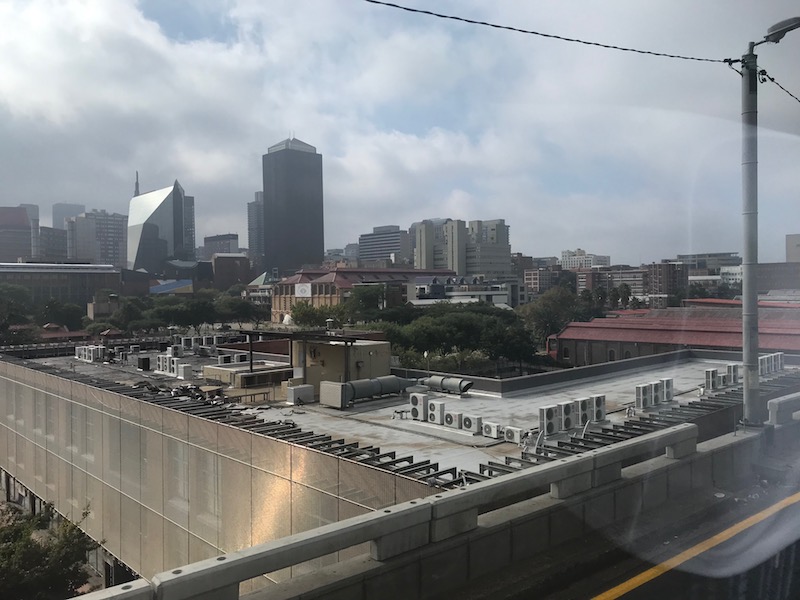

These hills that you see are called "mine dumps". Long ago, there was a lot of mining done around Johannesburg, mainly for gold. These hills are made up of the crushed, sand-like earth that is left once the gold has been removed. They contain a mixture of metals and dust particles, and are horrible for heath, since they get blown around and inhaled during wind storms. They are trying to clean these up, by going back through the sand and removing whatever gold and metals may still remain, and then pumping them into the underground caves to close them up.

It was a bit odd for us to drive around and see that almost every house, business, or apartment complex had either barbed wire or an electric fence around the top.


The only place we really explored is the township of Soweto, which is a shortened version of South Western Townships. The Orlando Towers (I think that is them) are the cooling towers of a decommissioned coal-fired power stations that they sell advertising space to, which makes them much better looking. You can also bungee jump off of them (not me!).

Interesting driving around and just looking out the windows. There are people everywhere with little stands selling fruits and vegetables. According to our guide, the second picture shows a "pop-up butcher and restaurant" where you can bring your animal and they will butcher it and cook it for you.


Not that you can tell, but this is the Tutu House, that Desmond Tutu and his family moved into in 1975. During the time that he lived here, he became a Nobel Laureate for his struggles against Apartheid and led the Truth and Reconciliation Commission for President Nelson Mandela.
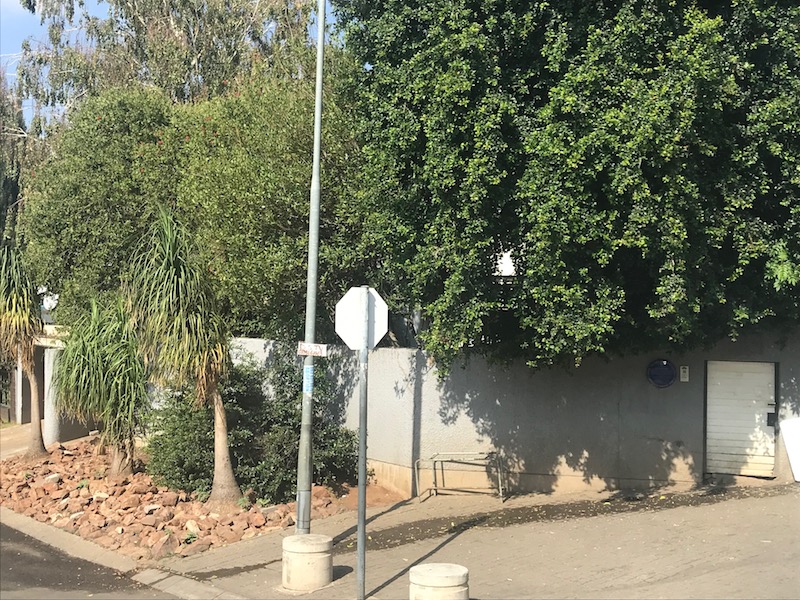
Next stop was the Mandela House, which is open to the public. The single-story brick house was built in 1945 and Nelson Mandela lived here from 1946 to 1962, when he was arrested and sent to prison. He came back to the house in 1990 when released from prison, although he stayed only 11 days. He then gave the house over to be made into a museum.
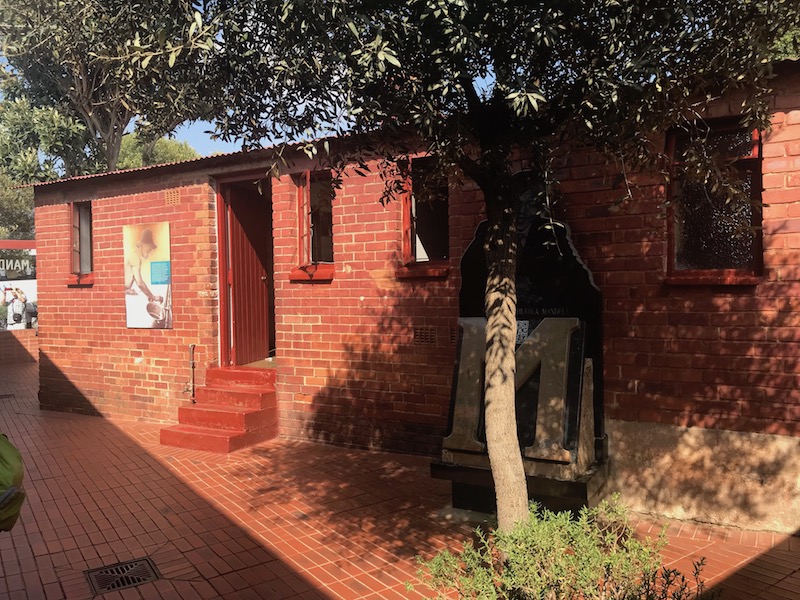
It has bullet holes in the walls and the facade has scorch marks from attacks with Molotov cocktails.

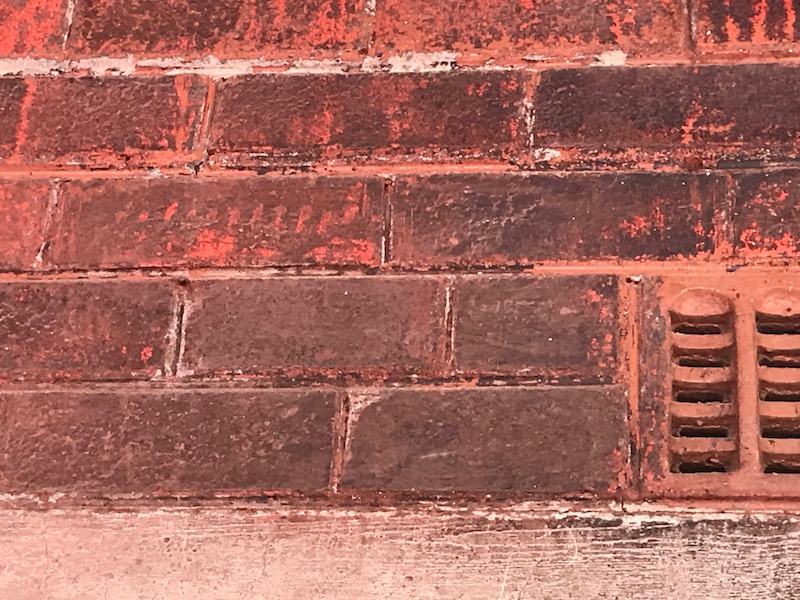
Inside are bunches of pictures and memorabilia, one of them being the world championship belt given to Mandela by Sugar Ray Leonard shortly after his release from prison.
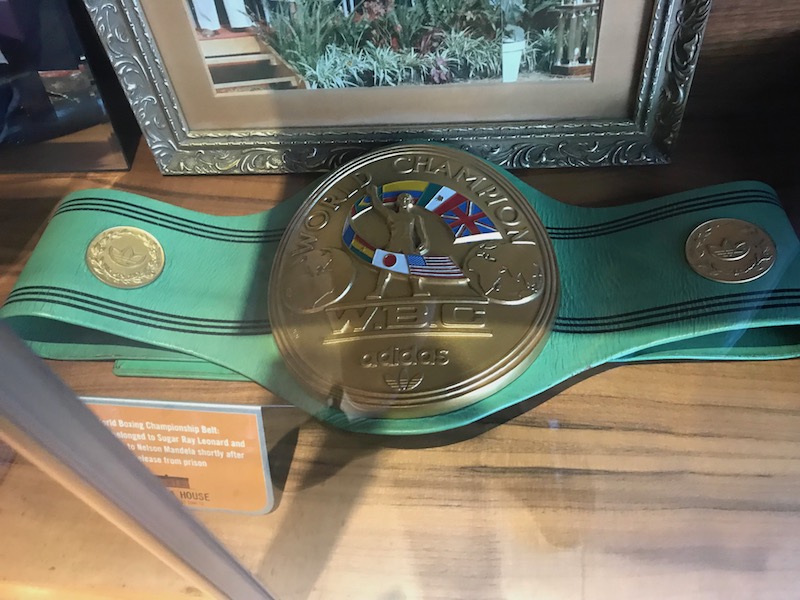
I think most people know about Nelson Mandela, who is probably best known for being an anti-apartheid revolutionary. He spent 27 years in prison, being sentenced to life imprisonment for conspiring to overthrow the state following the Rivonia Trial. However, growing pressure led to his release in 1990 by then-President F.W. de Klerk. They jointly led efforts to end apartheid, leading to Mandela being elected in the 1994 multiracial general election. He received more than 250 honors, including the Nobel Peace Prize, and sometimes is described as "Father of the Nation".
Next topic is the Soweto Uprising. Obviously, there were lots of issues under apartheid. June 1976, a group of school kids protested a change where schools had to teach 50/50 in Afrikaans and English. This was mostly done by the government to require Afrikaans to be taught, limiting English and native languages. Students gathered to peacefully demonstrate, but the crowd soon became intimidated when the police arrived, they then started to throw stones. The police then fired tear gas into the crowd in order to disperse them, and then actually started shooting at the kids. One of the first kids to be killed was Hector Pieterson, who was only 13. He was picked up by Mbuyisa Makhubo who together with Hector's sister, Antoinette (then 17 years old), ran towards Sam Nzima's car. A news photograph by Sam Nzima of the mortally wounded Pieterson being carried by another Soweto resident while his sister ran next to them was published around the world. This memorial, along with a museum, was opened in 2002 the to honor Hector and those who died around the country in the 1976 uprising.
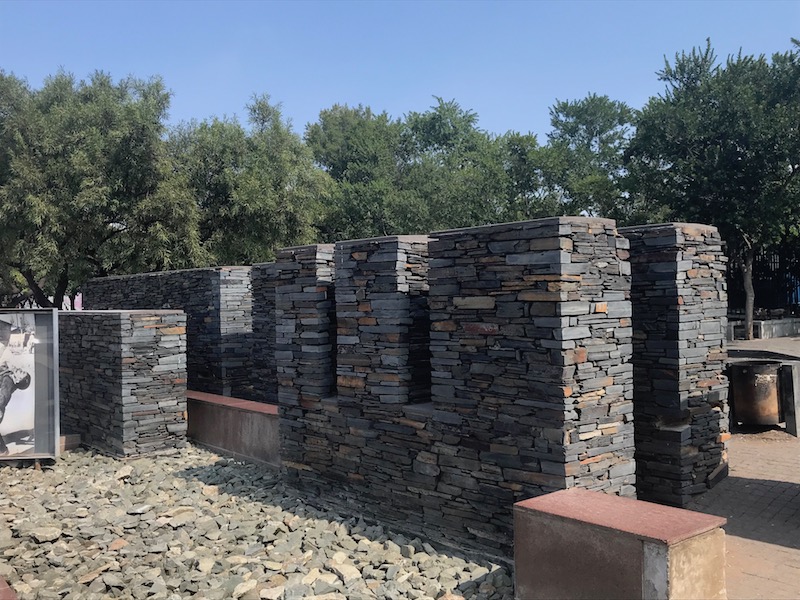
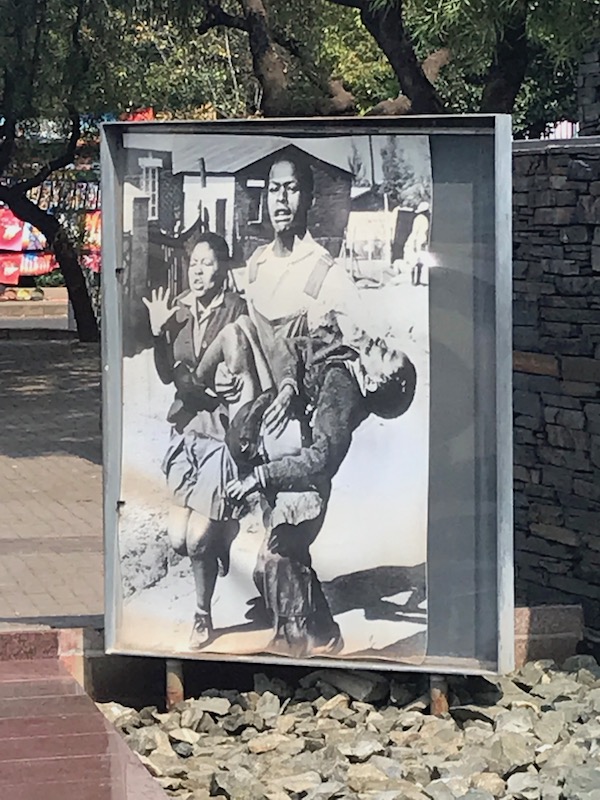
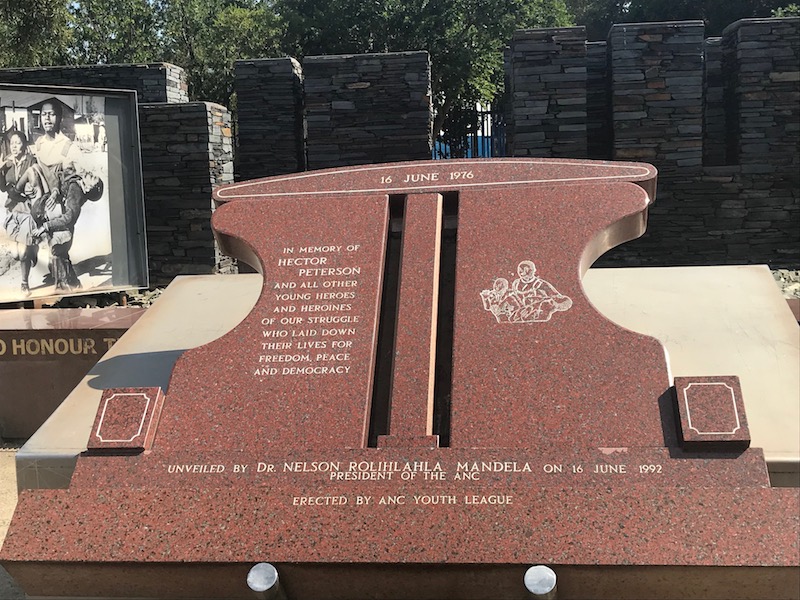
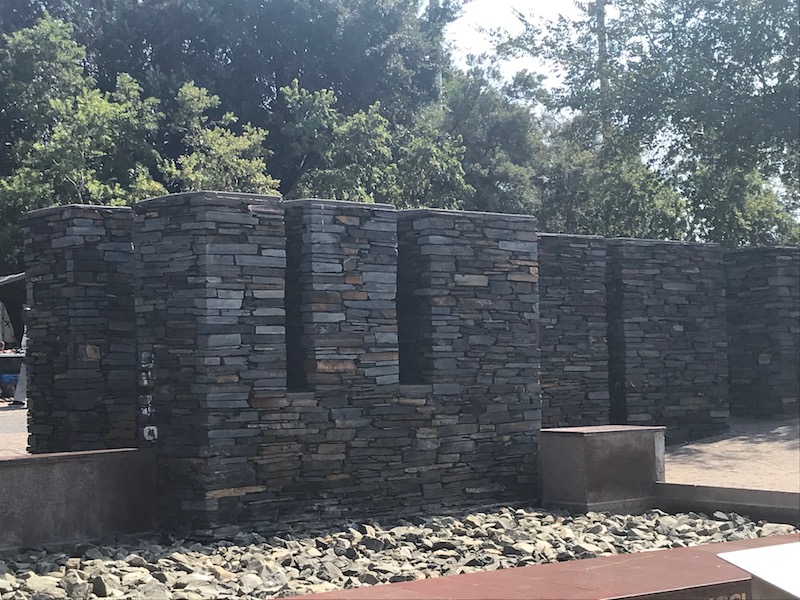
FNB Stadium is the home of the Kaizer Chiefs soccer team. It is known by its nickname "The Calabash" due to its resemblance to the African pot or gourd. It was also the venue for the 2010 FIFA World Cup Final, which was played by the Netherlands and Spain.


This is a good time to talk about Apartheid. The word Apartheid literally means "separateness", and it was a system of institutionalized racial segregation from 1948 until the early 1990's. Basically, the minority (10%) white suppressed everyone else. They talk about it using the terms "black" and "colored" with "colored" including everyone that was not white and not black (mostly Indian and Asian). You can think of it as the American segregation on steroids ... not only were there separate public facilities and social events, but non-whites were forcibly removed from their homes and relocated into basically slums so that the white people could take over their land. Places of residence were determined by racial classification, and when we went to the home-hosted dinner, the driver mentioned that it was in what was previously deemed a "colored" neighborhood.
Mixed marriages were outlawed, blacks were not allowed to run a business in a "white" area. Trains, hospitals, and ambulances were segregated. Public beaches, swimming pools, some pedestrian bridges, drive-in cinema parking spaces, graveyards, parks, and public toilets were segregated. Blacks were excluded from working in white areas, unless they had a pass, nicknamed the dompas (think "dumb pass"). If you were found in a "white" area without a valid pass, you could be arrested and tried for being an illegal migrant. It was interesting to hear our tour guide, who grew up under Apartheid, talk about it. Basically, as a kid, you were taught that this is just "how it was", and that is how you lived. As you got older, you might start questioning why, and this was how change happened.
The changes that removed Apartheid started under President Botha. In the early-1980s, Botha's National Party government started to recognize the need to reform the apartheid system. In 1983, a new constitution allowed Colored and Indian individuals voting rights, but not to Black individuals. Botha was replaced by FW de Klerk when Botha suffered a stroke in 1989. Although de Klerk was a conservative, he quickly announced that he would repeal discriminatory laws and lift the 30-year ban on leading anti-apartheid groups (including Nelson Mandela's ANC party). In 1990, Mandela was released from prison after 27 years and they worked together to dismantle Apartheid between 1990 and when Mandela was elected President of South Africa in 1994.
We stopped by the Apartheid Museum, which you really need almost a full day for (we only had a couple hours). It started by trying to make you understand what it felt like under Apartheid. Everyone is randomly given a ticket, either "white" or "non-white". Based on your ticket, you have different doors to enter and can either walk up a ramp (whites) or have to go up a set of stairs (non-whites).
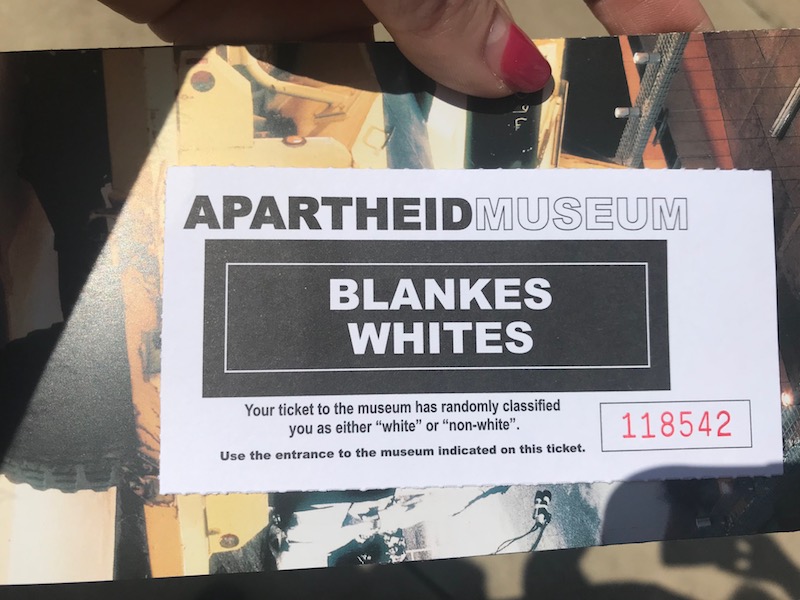

No pictures are allowed inside, but there is TONS of information that walks you through the history of apartheid and the fall of apartheid in South Africa. One part is a video of people who were part of the Truth and Reconciliation Commission hearings. Basically, people who were "accused" of gross human rights violations under apartheid were brought to public hearings to testify about what abuses they committed and ask for amnesty. At the end, there were various statements from Nelson Mandela that were color-coded, and based on which statements moved you most, you would put a colored rod into a box.
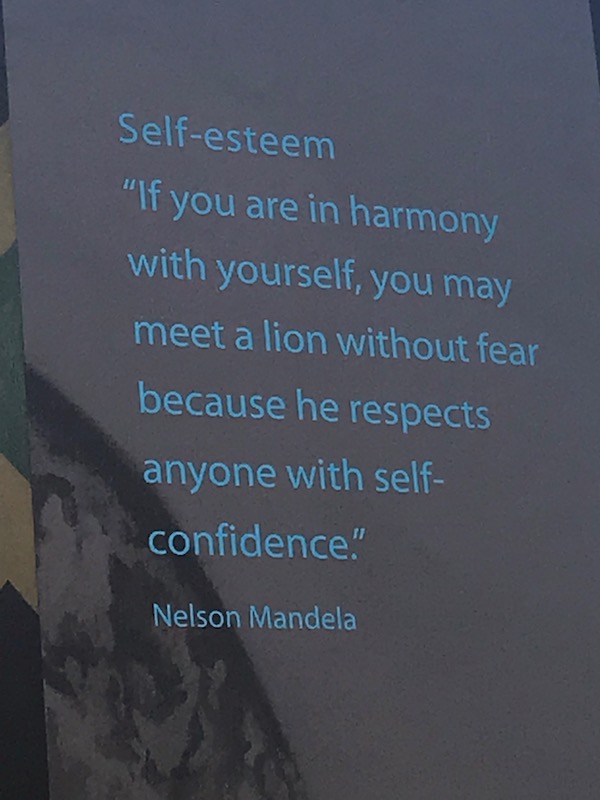
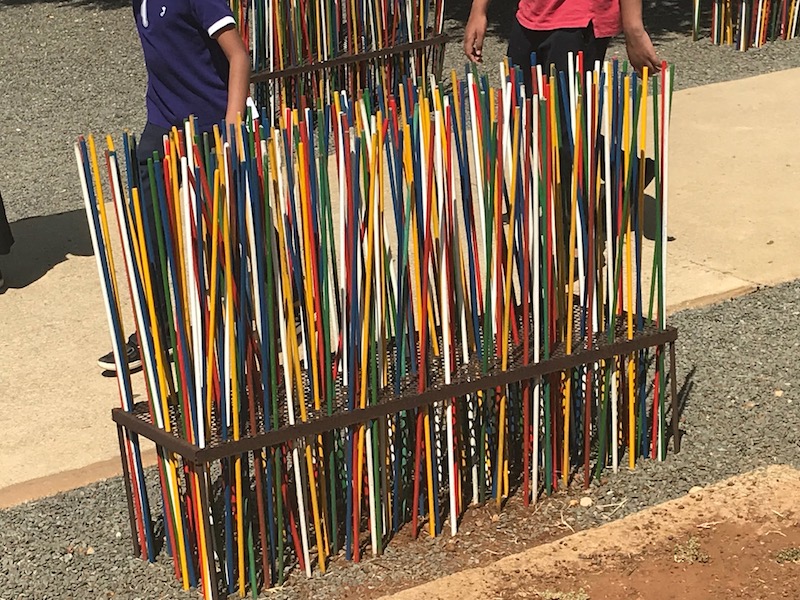
This is the Nizamiye Masjid Mosque, which was completed in 2012 and is the largest mosque in the Southern Hemisphere. The basic plan of the mosque was adopted from the 16th-century Ottoman Selimiye Mosque, which is in Turkey.
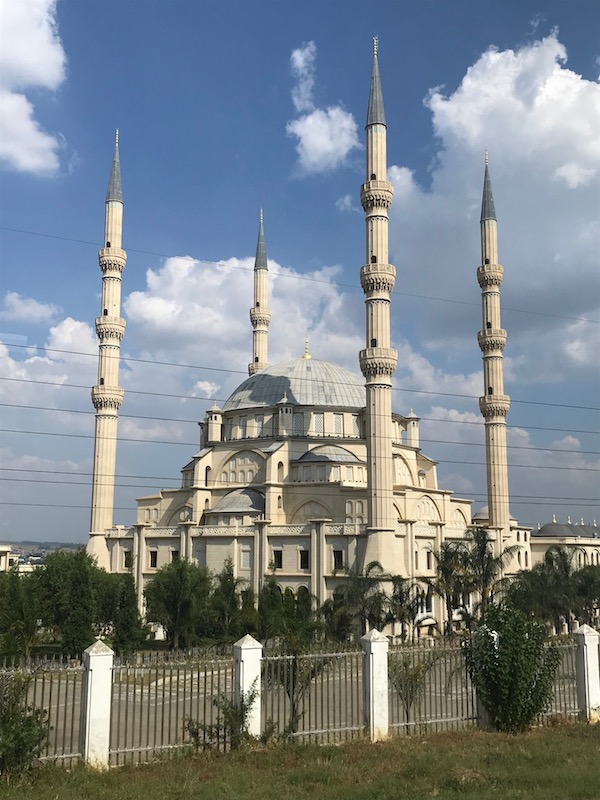
You can go back to the main Safari page or continue on to Day 11